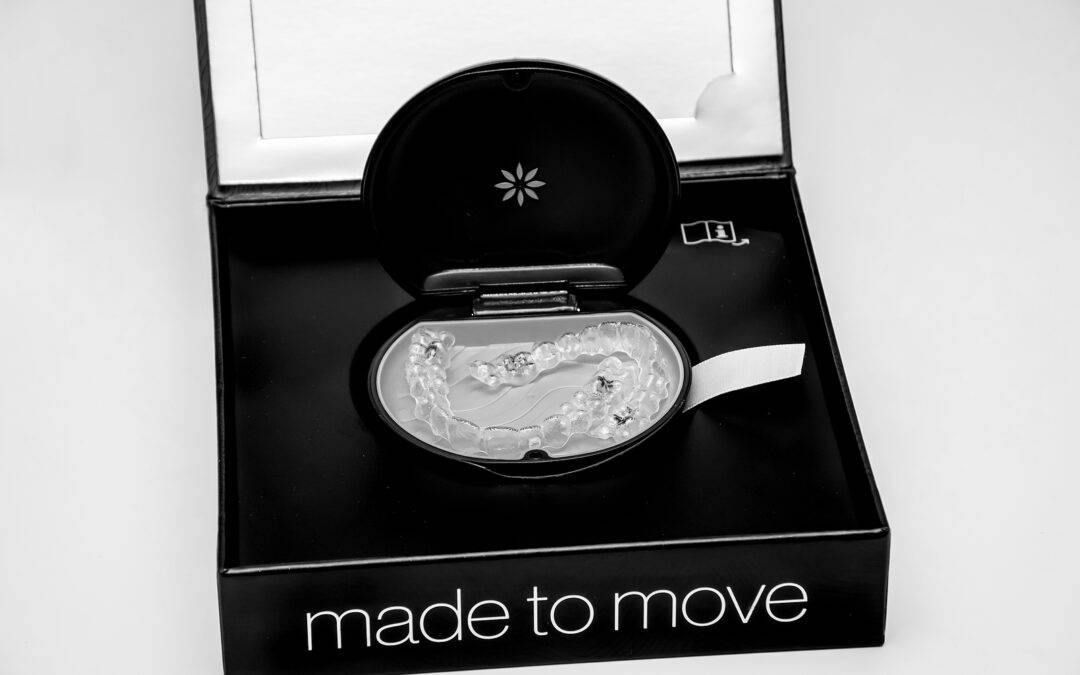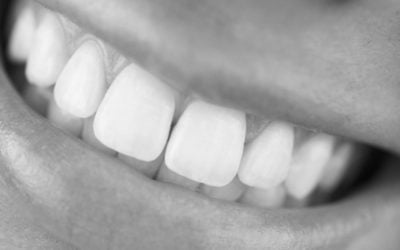You’ve just undergone your first tooth extraction and you’re relieved that the worst is behind you.
Or is it?
Research shows that around 3% of people end up suffering from dry socket following tooth extractions.
Getting your teeth pulled is hard enough but complications make it worse. Here’s a rundown on what dry socket is and how you can prevent it.
A Glimpse at Dry Socket
After a dentist extracts a patient’s tooth, a blood clot typically develops to promote healing and protect the nerve endings and bone there.
The blood clot also helps to stimulate new bone growth as well as fresh tissue development.
However, in some cases, the blood clot never develops. In other situations, it dislodges or dissolves before healing can take place in the wound.
Without the protective layer that a blood clot provides following a tooth extraction, your nerves and bone remain exposed. On top of this, food may collect within the wound area, thus causing additional irritation.
The result? You feel intense pain in the socket area and on your face.
Although dry sockets can happen after any teeth are removed, they tend to happen the most following wisdom teeth extractions.
Dry Socket Symptoms and Signs
Here are a few signs that you are experiencing dry socket after an extraction:
- Severe pain during the few days following your extraction
- Visible bone in your socket
- Foul odour, unpleasant taste or bad breath coming from your mouth
- Pain that radiates from your tooth socket to your temple, neck, eye or ear
Also, if you notice that the blood clot in your tooth socket has disappeared either fully or partially, this is an indicator that you will experience dry socket.
Preventing Dry Socket with Regenerative Socket Preservation
Now that you know what dry socket entails, how exactly can you prevent it?
- eliminate smoking
- follow the post-operative instructions from your dentist, including that you practice appropriate oral hygiene.
- use of a special kin chlorohexidine spray which is available in our shop
If you begin to notice a dry socket problem, get in touch with your dentist right away. This is paramount because dry socket causes the mouth to become vulnerable to threatening bacteria.
The longer you wait to call the dentist, the greater the chance that your recovery time will be extended. Also, the more likely you are to develop a serious infection.
How We Can Help
We offer superior tooth removal services in a couple of situations as follows:
– when your tooth features severe decay
– if your jaw doesn’t have enough space for your wisdom teeth to erupt painlessly or in a manner that won’t impact your front teeth
In every procedure, we make it our aim to make it a painless one.
You can view our tooth removal prices here.
Contact us to find out more about how to prevent dry socket and how else we can ensure that you have a positive tooth extraction experience from start to finish.







